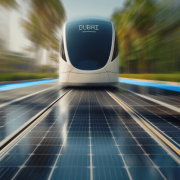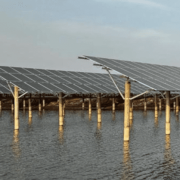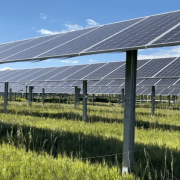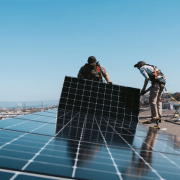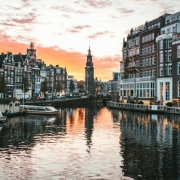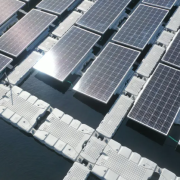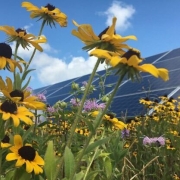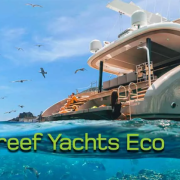URB is slated to construct and open the world’s greenest highway in Dubai, UAE named ‘Green Spine’. The project, which is in line with the Dubai 2040 Urban Master Plan, is expected to have 100 percent renewable energy sources to power its infrastructure, mainly solar energy. Electric trams may run over railways cladded in solar panels, and urban farms and gardens surround the highway where people can grow their own food and plants.
The Dubai-based developer says the Green Spine extends for 64 kilometers along Sheikh Mohammad Bin Zayed Road (E311). Nearly eight million residents may benefit from the project, which aims to promote non-motorized transport and reduce the carbon footprint around the city. URB designs the Dubai Green Spine project. They have previously worked on the Dubai Reefs Project, Dubai Mangroves, and The Loop in Dubai.
Click here to read the full article
Source: Design Boom
—
If you have any questions or thoughts about the topic, feel free to contact us here or leave a comment below.

